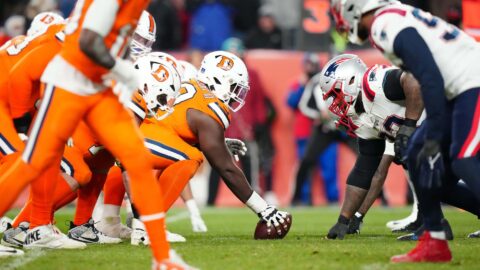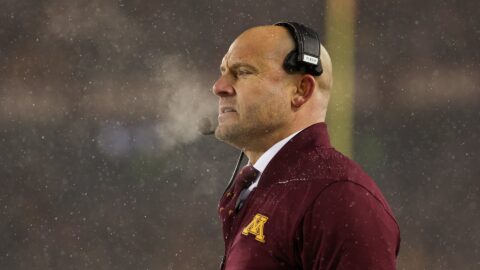There were a handful of moments during spring training when Red Sox manager Terry Francona joked about the team’s postgame meals on road trips. It often consisted of take-out fried chicken or burritos, and Francona would jest that the team bus would have to pull over for an emergency bathroom break on the way back to Fort Myers.
Things are a bit different in spring training. But despite a few fast food trips in March, the Red Sox as an organization have made nutrition a key component in their effort to remain on top.
Much of that involves the work of experts in the field, among them team nutritionist Tara Mardigan, who has seen interest in her form of expertise grow by leaps and bounds within the baseball world.
"I would say that in the last two to three years, the attention has really been on nutrition," said Mardigan, who has been affiliated with the team since 2006.
The emphasis has shifted in large part due to restrictions placed on supplements and other substances now banned by Major League Baseball. As Mardigan says, it has helped the Red Sox staff get back to the message of "food first" in building a player’s approach to his body.
That approach begins before the ink on that player’s contract is dry.
Mardigan visits each affiliate in the system twice a year and makes the connection with minor leaguers. Due to their smaller salaries, young age and need for optimum health to climb the ladder, the nutritional advice at that stage is paramount.
"It’s critically important because those guys are trying to make strides to make a big league roster, and nutrition is one thing we believe as an organization can help them get there," said Mardigan, who began consulting with Curt Schilling after he was acquired by the Red Sox prior to the 2004 season.
The youngsters are encouraged to cook meals at home when they can, and once on the road, they are given tips to cut down on fast food. Go and get that cheeseburger from time to time, but maybe substitute an apple for the fries or a protein shake for the vanilla one loaded with fat.
Those are the building blocks and can establish a healthy pattern that will be just as hard to break from as the cheese fries, which were once so addictive.
"Receiving expert guidance is an essential first step to becoming more aware of the critical role nutrition plays in sports performance," said Dr. George Blackburn, director of the Center for the Study of Nutrition Medicine at Beth Israel Deaconess Medical Center. "Developing a healthy pattern requires simple strategies like learning to eat slower to allow for satiety or portioning out foods instead of eating directly from the package. It also means adopting a routine that provides flexible structure as opposed to a rigid plan that is difficult to maintain."
One remaining issue at the major league level comes as the season progresses. A 162-game schedule filled with hot days and long travel can cause several players to struggle to keep weight on. Mardigan said those are the guys who are on her radar. The training staff sometimes alerts her if a player is struggling with the grind.
It helps to ensure that the food options in the clubhouse are consistent. There will always be bubble gum and bags of salty seeds, but pre- and postgame spreads are kept balanced.
Team chefs consistently provide fruits and vegetables and whole grains, and often give players more than one of each to choose from. According to Mardigan, eating after the game is a matter of recovery, a process which makes the next day’s game that much easier.
And every once in awhile, amid broccoli and fish and whole wheat pasta sits a little reward. Sure enough, fried chicken can find its way into the postgame spread.
"We feel that that is part of normal balanced eating," Mardigan said.
It also serves up a chance for Francona to break out the one-liners.



